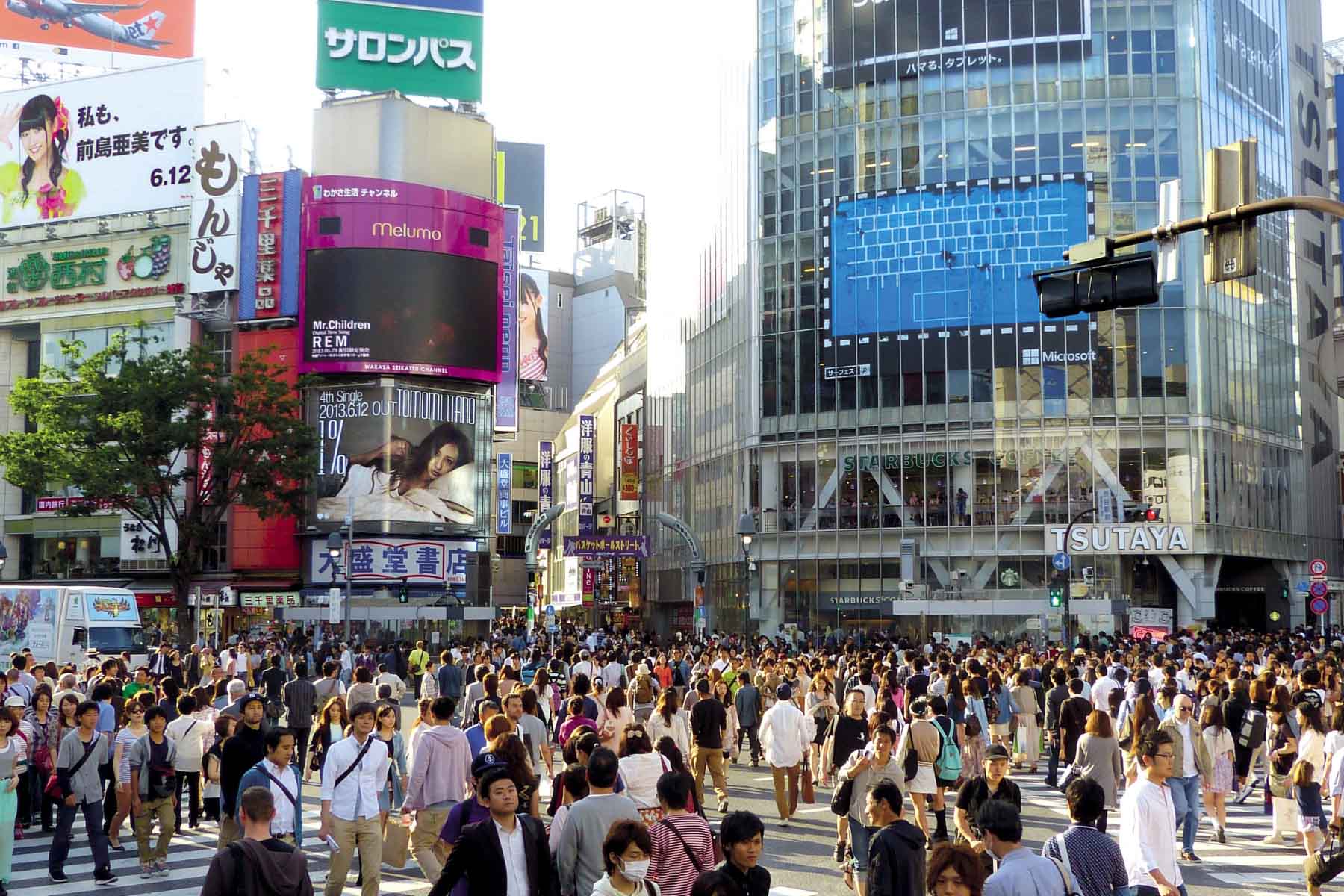Ariel Canie | October 21, 2022 | 5 min read
7 Sustainable Cities and their Green Initiatives
With cities housing over half of the world’s population, it’s no secret that they contribute to a large portion of our climate footprint. Luckily, many progressive cities around the world are taking action and reimagining what it means to be green. From implementing plastic bans to aiming for carbon neutrality, these cities are making steady leaps and bounds towards a more sustainable future. Have you visited any of the cities listed below?
7 Sustainable Cities and their Green Initiatives:

1. Reykjavik, Iceland
As a leader in renewable energy, 100% of Iceland’s electricity is produced from hydropower and geothermal resources. A whopping 90% of Iceland’s buildings are heated by utilizing the country’s natural heat sources like geysers and hot springs while the other 10% is heated with electricity. By the year 2040, Iceland’s government has set out to be completely carbon neutral.

2. Oslo, Norway
Ranked as #1 this year in the Sustainable City index, Oslo boasts over 1,400 km of forest roads and 2,100 km of nature trails. With large amounts of greenery and low carbon emissions, Oslo has been able to achieve the World Health Organization’s (WHO) target air pollution figures of 10-12 µg/m³ since 2019. The city also has a focus on renewable energy with hydro accounting for 60% of its total energy consumption.

3. Vancouver, Canada
Named as the third greenest city in the world by the Economic Intelligence unit, Vancouver has set a goal of being completely zero-waste by 2040 with the Zero Waste 2040 strategic plan. To achieve their zero waste goal, Vancouver is committed to conserving resources, composting inedible food, repairing products and and reusing materials before recycling them.

4. San Francisco, California
San Francisco has been paving the way as a sustainable city ever since implementing their plastic bag ban in 2007. In 2020, the city took it a step further and became the first American city to ban all single-use plastic. This ban includes items such as plastic straws, plastic food containers and plastic bottles.

5. Tokyo, Japan
As one of the world leaders in sustainable transportation, Tokyo’s transportation is mostly made up of non-motorized vehicles. In fact, only 10% of it’s transportation is motorized. Tokyo’s dependance on vehicles smaller than cars (aka “micromobility”) has helped reduce carbon emissions as well as city traffic and congestion. The city is hoping to reach net-zero emissions by the year 2050.

6. Basel, Switzerland
Thanks to the help of financial incentives and building regulations, the city of Basel, Switzerland passed a law in 2002 that would ensure all new and renovated flat roofs are “green roofs”. Green roofs are defined as contained green space on top of a human-made structure. When built correctly, these roofs help lower temperatures, reduce surface runoff and promote energy and biodiversity conservation.

7. Copenhagen, Denmark
Often referred to as the world’s greenest major city, Copenhagen, Denmark is very well-known for its bicycle infrastructure. In 2012 the city launched a plan to become the world’s first carbon neutral capital city by 2025 and is on track to achieving that goal thanks to their eco-friendly transportation options such as their Cycle Super Highway, hydrogen-powered taxis and electric car sharing options.
Do you want to make an impact in your city? Find a tree planting event near you and volunteer your time to plant a tree in your community! Alternatively, donate $1 to plant trees where they’re needed most, every tree planted helps!

